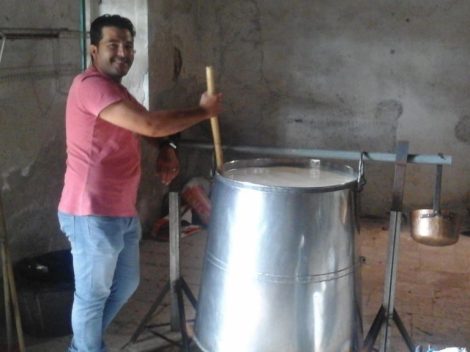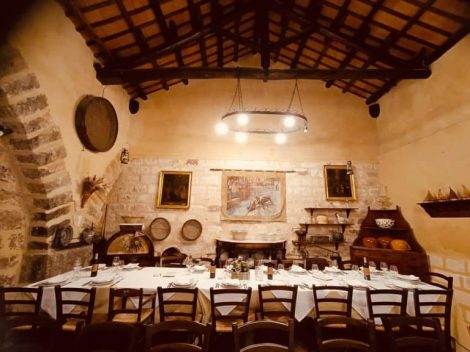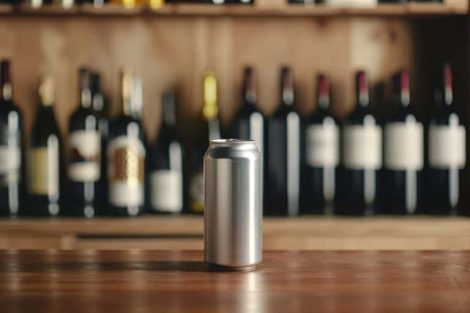Royal Dansk, the tin and the biscuits
Iconic, with reassuring graphic elements and bright colours. Inviting, coveted by everyone, beautiful and impossible: she made half the world dream but above all she disappointed generations of hungry children, the Royal Dansk blue tin box. Probably the best known Danish butter biscuit manufacturer, which deserves credit for creating a real myth around these cookies, and even before the packaging, highly coveted by grandmothers who used the tin boxes to hold their sewing supplies. Opening that tin was a bitter surprise, but the biscuits - somewhere - actually existed. Production began in 1966 in the village of Helsingor, in a small laboratory famous for its link to the Danish confectionery tradition (hence the name Royal Danish). The characteristics of these biscuits? An intense flavour of butter, the main ingredient of the recipe, which for this reason needed to be preserved in the best possible way: that's how the idea of the blue tin with the image of the Hjemstavn Gaard farm on the island of Funen came about.
The shapes of Royal Dansk biscuits
Another detail that makes the biscuits unmistakable is their shape. Five shapes total, to be precise, which have now become a classic of pastry art: the pretzel-shaped biscuit, the vanilla ring, the "Finnish style" rectangle, and the two discs, a "country" style slightly darker than the others and the other flavoured with coconut. Today Royal Dansk biscuits are produced in two factories, one in Nørre-Snede and one in Ribe, which churn out more than 25,000 tons of biscuits every year. From its origins to today, very little has changed in the company: the recipe is the same as always, but progress has been made on environmental level, through an action plan that includes ethical initiatives to reduce its impact. Starting with the materials used for packaging, all recyclable.
The charm of the tin
A box that has made the history of packaging and which, according to the company itself, continues to be used at home in the most creative ways (which rarely have to do with cooking). Reusable, durable, large enough to hold different objects: the Royal Dansk boxes have over time been a source of inspiration for other brands, which have revived the formula of tins with paper ramekins inside for their products. Packaging aside, Danish biscuits are easy to prepare even at home: in particular, for the iconic vanilla rings it is enough to prepare whipped pastry dough, to be handled exclusively with a piping bag. A piece of advice? Prepare them in larger quantities and of different types and choose a nice box to give them as a gift, to compensate for the disappointments of childhood.
by Michela Becchi

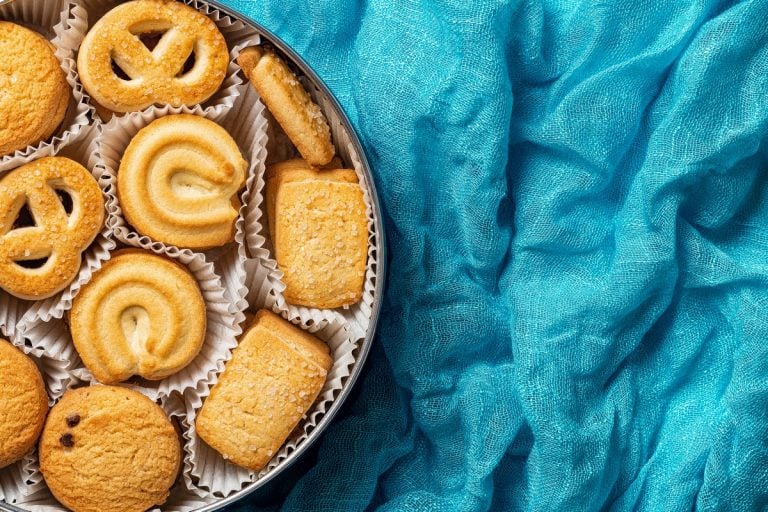
 "Chenin Blanc will be the new Chardonnay": Interview with Master of Wine Madeleine Stenwreth
"Chenin Blanc will be the new Chardonnay": Interview with Master of Wine Madeleine Stenwreth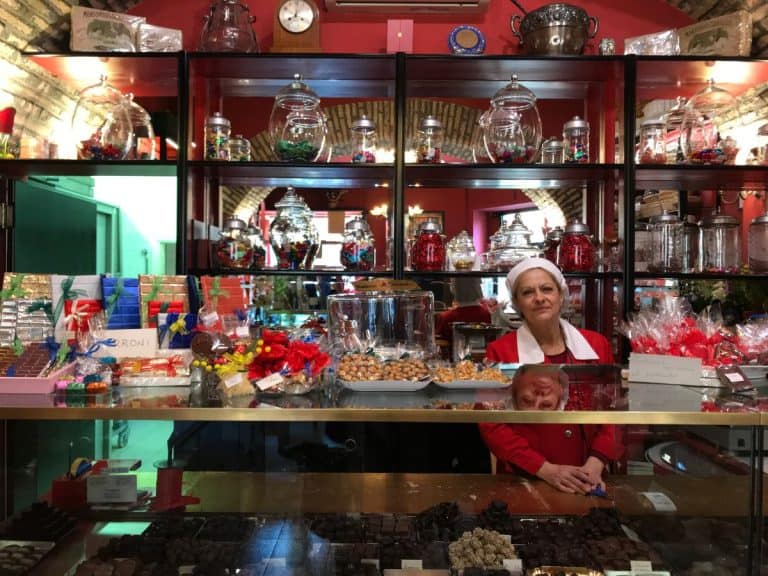 The ancient chocolate factory hidden in the alleys of Rome
The ancient chocolate factory hidden in the alleys of Rome The two sisters carrying forward one of the first wineries to bet on Bolgheri
The two sisters carrying forward one of the first wineries to bet on Bolgheri Women are the best sommeliers. Here are the scientific studies
Women are the best sommeliers. Here are the scientific studies Burgundy’s resilience: growth in fine French wines despite a challenging vintage
Burgundy’s resilience: growth in fine French wines despite a challenging vintage
